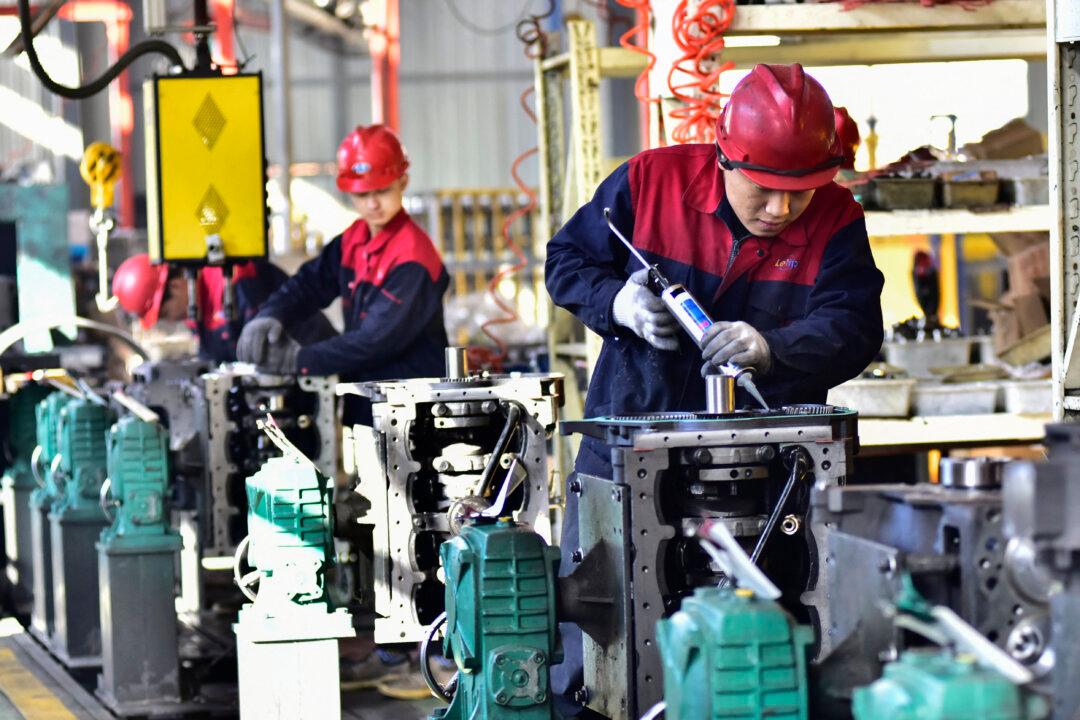Commentary
U.S. defense supply chain dependence on the Chinese regime poses a serious national security concern, and efforts to remove this dependency will take decades, leaving the United States vulnerable in the interim.

U.S. defense supply chain dependence on the Chinese regime poses a serious national security concern, and efforts to remove this dependency will take decades, leaving the United States vulnerable in the interim.